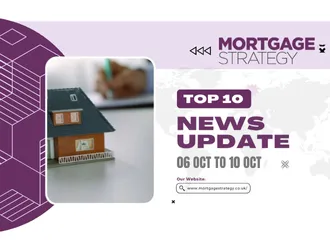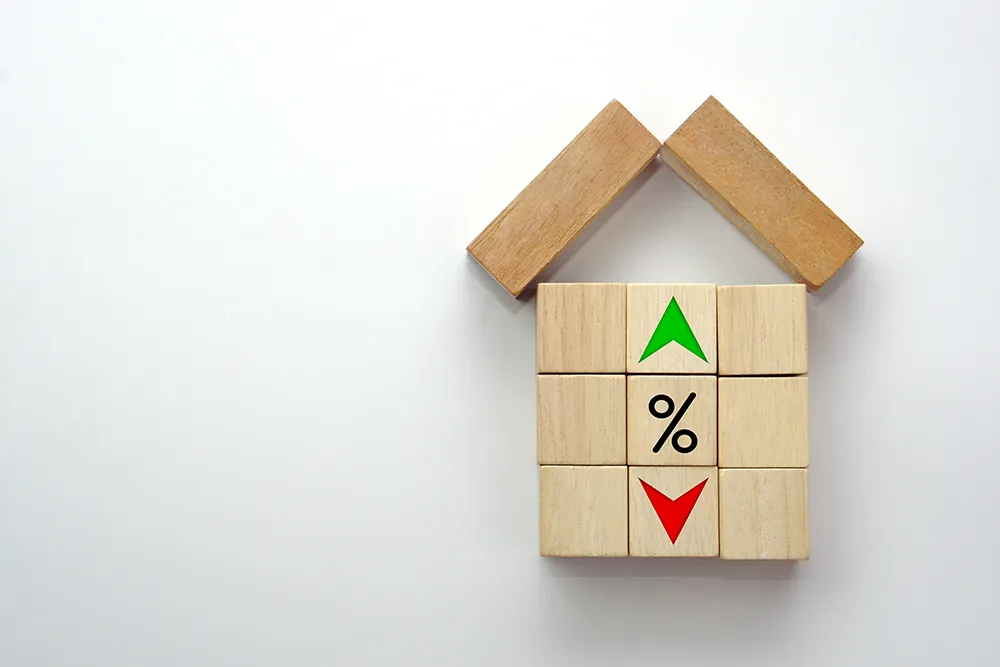
Inflation is expected to edge towards the Bank of England’s 2% target when official figures are released next week, fuelling hopes of a rate cut before the end of the summer.
Deutsche Bank forecasts UK general price rises will come in at around 2.1% in the year to May, from its current 2.3% level.
Data will be released by the Office for National Statistics on Wednesday.
Prices fell sharply from 3.2% to 2.3% in April, but economists had forecast this figure to be much closer to the BoE’s target.
Deutsche Bank called it a “shockingly stronger” reading than it had expected.
But in May, lower accommodation, transport and, perhaps, food prices will continue to bring down inflation.
Hargreaves Lansdown head of money and markets Susannah Streeter adds that an uptick in the jobless figures for the three months to April may also play into lower price rises.
Streeter says: “After a disappointing reading in April, which saw the consumer price inflation index frustratingly hover elusively above 2%, disinflationary pressures are expected to have helped push prices down further.”
“The effect of unemployment ticking up to 4.4% in April [from 4.3% three months before] may have made some workers more cautious in their spending patterns.
“That certainly showed up in the latest economic growth figures, which showed activity in the retail sectors slowing sharply. May was warm but wet, which may have continued to affect demand.”
Housing costs in May are expected to show private rents up 0.5% compared to the previous month, while mortgage interest payments will lift 1.7% over the same period, according to Deutsche Bank.
The BoE has maintained the base rate at a 16-year high of 5.25% since last August. The last time the central bank cut rates was in March 2020.
Hargreaves Lansdown head of personal finance Sarah Coles does not see any immediate relief for homebuyers.
Coles says: “Mortgage misery is set to endure, as the Bank of England sits on its hands. The swaps market has moved recently, because it’s expecting higher rates to endure for longer, so banks are paying more for their fixed rates, and are passing this onto borrowers.
“We’ve seen fixed rates from the high street giants rise, and Moneyfacts says the average two-year fixed rate is now 5.97% – the highest since the middle of December last year.
She adds: “Royal Institution of Chartered Surveyors figures have revealed that this has already hit the property market, with fewer people looking for a new home and fewer sales agreed.
“With so many new properties still flooding onto the market, it means agreed prices are on their way down too.
“The good news is that this shouldn’t endure for too much longer. The market isn’t fully pricing in a cut until November, but it may have gone too far.
“An August cut isn’t out of the question, so if the data starts to point towards an earlier cut, we could see rates pull back in the coming weeks and months.”



